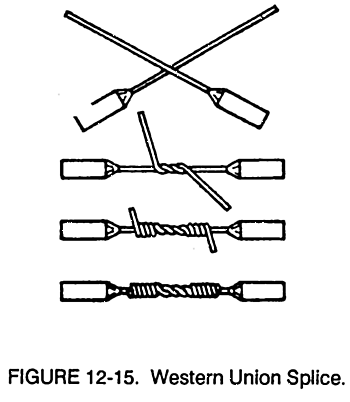Rickmar
Member
- Location
- Paramus New Jersey
Hey Guys,
In the northeast, we are still infested with older homes with knob and tube wiring. The other day at my code update class, I brought up on why knob and tube wiring does not go straight into the electrical panel and onto a breaker. There might be homes that still does have that, but I have yet to see it. I was told that there was a code that stated that if you are going to replace the electrical panel the knob and tube wiring must not go back into the new panel. That is why I always see the black junction box with the hinged door next to the electrical panel. The electrician ran BX or Romex cables from the panel to this junction box and made up the splice to the knob and tube wires there.
Does anybody know what year code book did this go into effect?
Thanks,
Rick
In the northeast, we are still infested with older homes with knob and tube wiring. The other day at my code update class, I brought up on why knob and tube wiring does not go straight into the electrical panel and onto a breaker. There might be homes that still does have that, but I have yet to see it. I was told that there was a code that stated that if you are going to replace the electrical panel the knob and tube wiring must not go back into the new panel. That is why I always see the black junction box with the hinged door next to the electrical panel. The electrician ran BX or Romex cables from the panel to this junction box and made up the splice to the knob and tube wires there.
Does anybody know what year code book did this go into effect?
Thanks,
Rick


